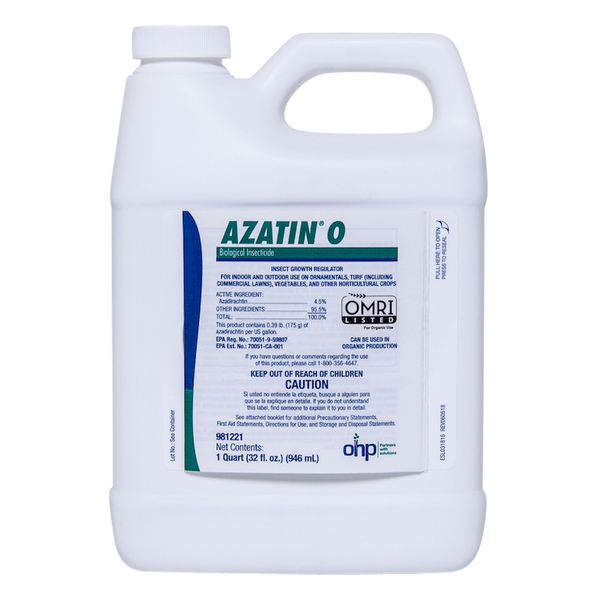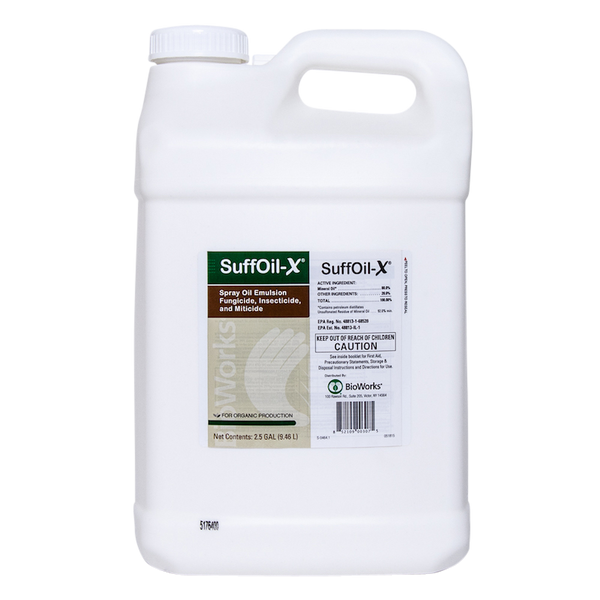Rice Root Aphid Control
Organic and natural pest control. Rice Root Aphids are small sap-sucking insects and are found clustered around the roots. Damage will often look like a nutrient deficiency. Read more on our Rice Root Aphid Tech Sheet.
Share a promo code here
Organic and natural pest control. Rice Root Aphids are small sap-sucking insects and are found clustered around the roots. Damage will often look like a nutrient deficiency. Read more on our Rice Root Aphid Tech Sheet.























